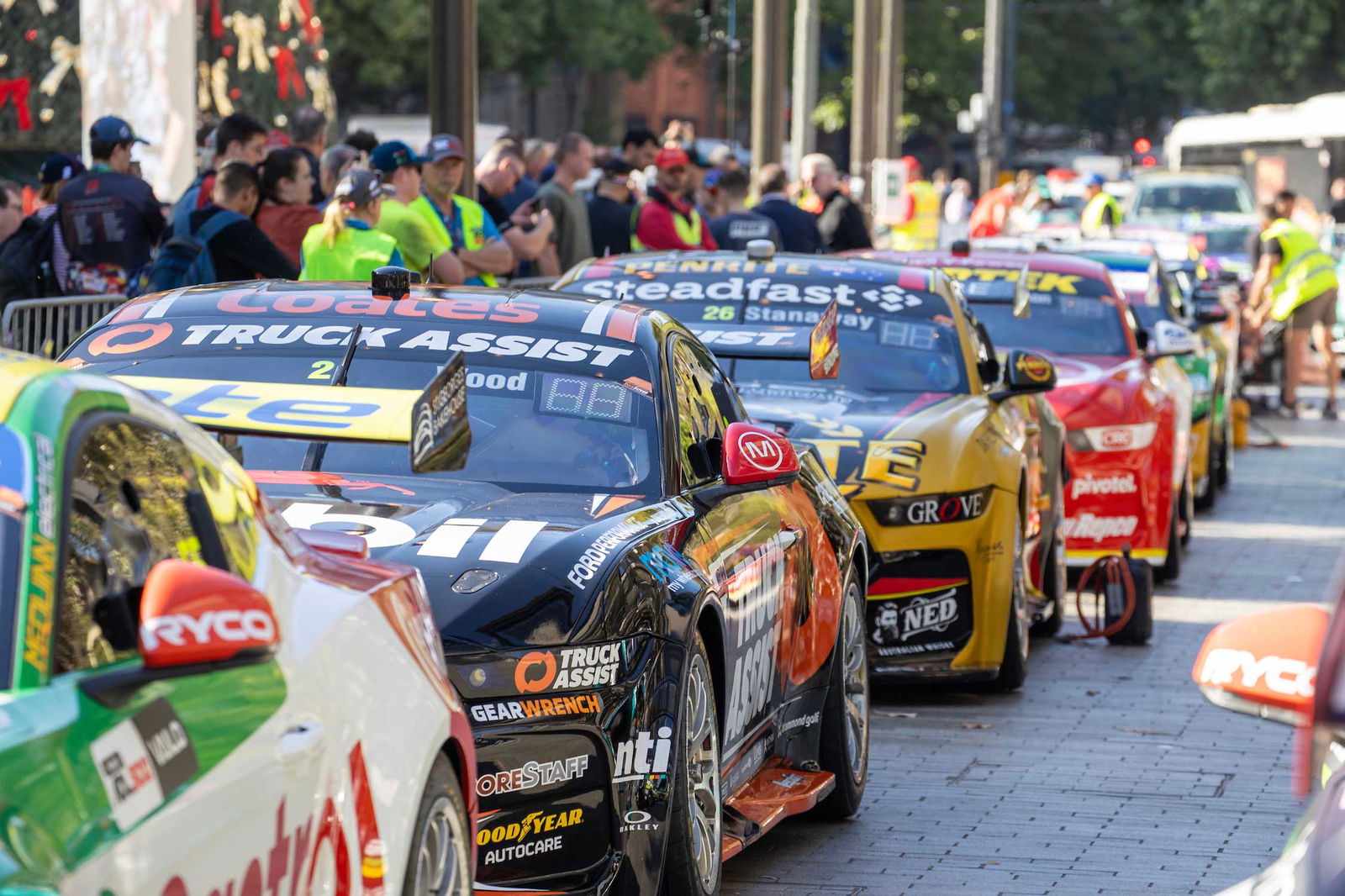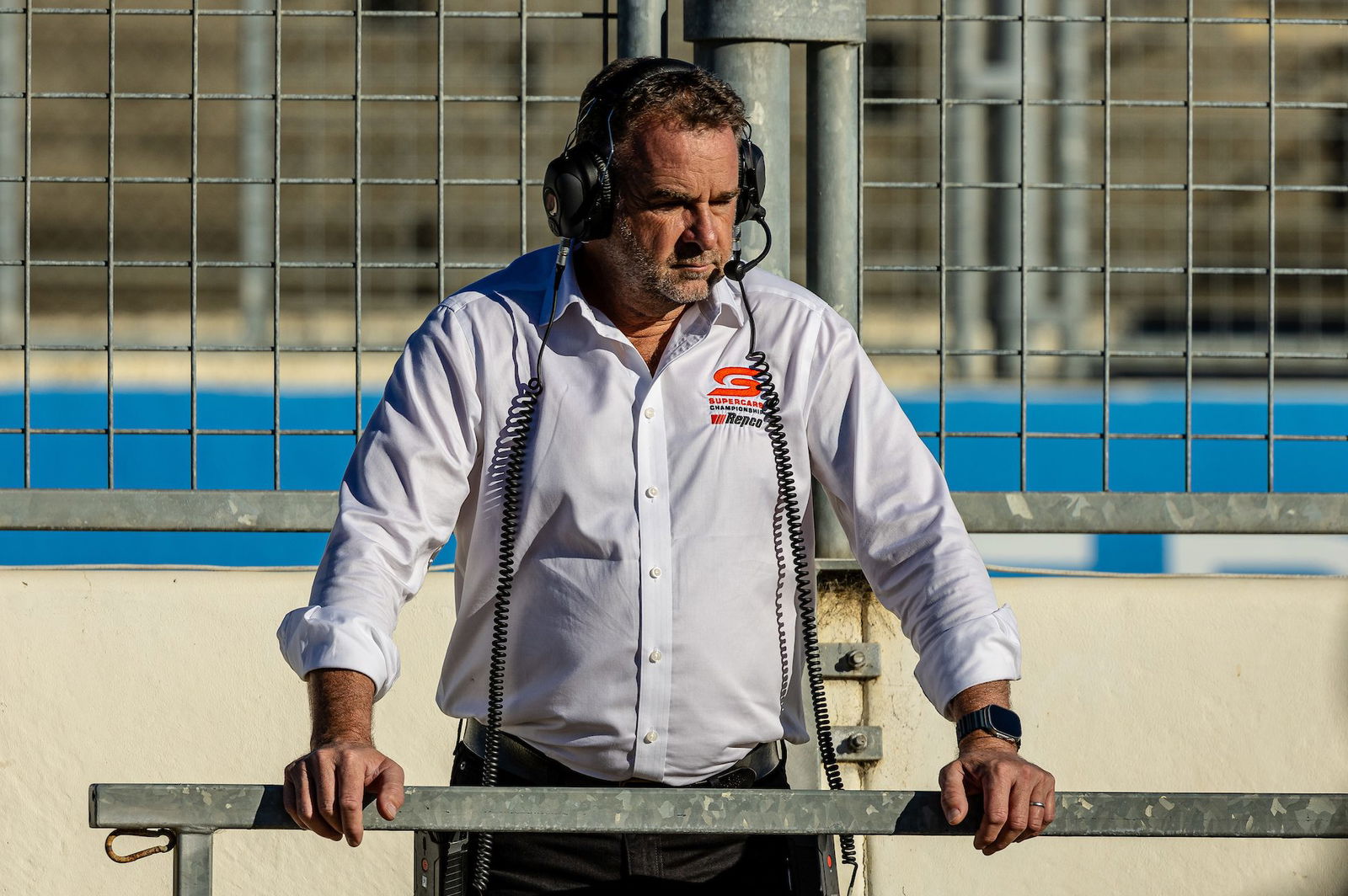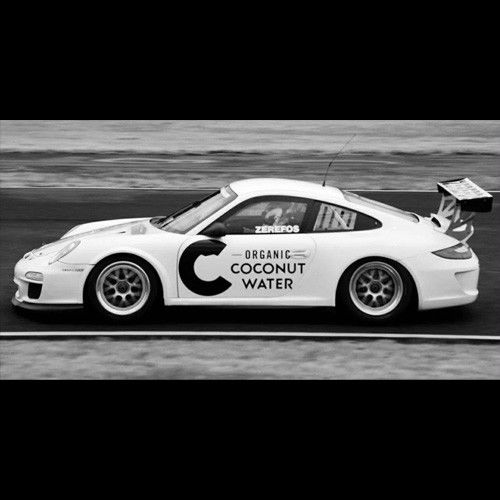

The category is nearing the end of a second season with the Gen3 Camaro and Mustang that has proven much more even than the first.
Supercars’ multi-million-dollar commitment to closing the parity gap was headlined by trips to the Windshear wind tunnel and AVL transient dyno in the United States.
While that and a more even results sheet appeared to cool the debate, Camaro podium sweeps at Sandown and Bathurst – both of which feature long straights – has raised fresh questions.
Ford driver Cam Waters stoked the fire when he spoke out on the apparent straightline speed deficit following victory on the tight Gold Coast circuit last month.
The category this year scrapped its ‘parity trigger’ system based on lap time analysis, instead opting to closely monitor an ever-increasing array of performance parameters from the cars.
“We committed to everyone at the start of this year, rather than our original parity model, which was more sporting based than using technical facts, we committed to the fact we’re going to analyse technical facts constantly and that’s what we do,” Edwards told Speedcafe.
That commitment has not been altered by the fact that the wind tunnel and AVL dyno testing has been completed.
“We can’t just turn a blind eye to it and say, ‘she’ll be right because we’ve been to Windshear and AVL’. We’re not doing that,” continued Edwards.
“We’ve seen small differences between the cars at different tracks. That’s where we go digging deeper.
“I won’t divulge what we’ve seen but we see differences every now and then and say, ‘OK, let’s go down that path and explore’.”
While Edwards is not willing to talk specifics, the Bathurst result appears to have triggered a deeper dive into the high-speed performance of the two cars.
Four engines were pulled from cars for analysis after both Bathurst and the Gold Coast as part of efforts to understand how engine performance degrades between rebuilds.
3D scanning of cars straight after races has also been taking place.
That allows Supercars to check if there are any minor differences in the bodywork between cars and how they ran in the wind tunnel.
A theory within at least one leading Ford team is that the homologated Mustang package has more drag than the Camaro above 250km/h.

While the full parity sweeps were done in the Windshear tunnel at 200km/h, Edwards clarified that drag was also analysed at higher speeds.
“What you would call the parity runs were done at 200, but we also did comparative runs at 287km/h as well,” he said.
“You’re not doing pitch and yaw at 287, because that’s not what you’re doing at 287 [on the track], so that’s not part of the parity runs.
“The 287 runs were just, call them a ‘high speed, you’re on Conrod, no braking, turning or any of those sorts of things’.
“So, we know where the cars sit at that [speed].”
The recent Gold Coast 500 marked just the second time this year that both marques won a race on the same weekend.
Supercars will next year need to homologate at least one new model, with Toyota preparing to enter the championship with its Supra in 2026.




















Discussion about this post